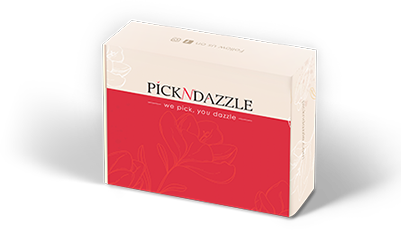Makeup – many of us love it – but most of us have no idea that some of our favorite beauty products contain harsh chemicals and potentially harmful ingredients.
We dug a little deeper to find out more about some of its multi-syllabic ingredients (ingredients that you can't even find on the product's packaging).
We searched the Environmental Working Group's Cosmetics Database – a great online resource that lists the chemical ingredients of thousands of products, and highlighted a few of the worst on the list. Be aware that even the Environmental Working Group cautions against jumping to conclusions about the health threat posed by each ingredient: "Research studies have found that exposure to this ingredient -- not the products containing it -- caused the indicated health effect(s) in the studies reviewed by Skin Deep researchers. Actual health risks, if any, will vary based on the level of exposure to the ingredient and individual susceptibility."
Plenty of makeup brands use the same chemicals in their products. We do want to give you an example of what you might be slathering on your lips. Check out some of the ingredients in this lipstick – they’ll have you thinking twice about what you put on your pout.
Hidden Lipstick Ingredients
Methylparaben is a preservative used in many beauty products ... at least in the U.S. Use of these chemicals is restricted in the European Union because they've been linked to cancer,
may disrupt the endocrine system, or be toxic in other ways. The Cosmetics Database labels them a "high hazard."
Propylparaben is a frequently used cosmetics ingredient that can irritate skin and eyes or cause reactions in those who are allergic. Some studies have also raised concerns about endocrine disruption, cancer and other toxic effects. It is rated a "moderate hazard" by the Cosmetics Database.
Retinyl Palmitate is a synthetic form of vitamin A that may be toxic to pregnant women. It is rated a "moderate hazard" by the Cosmetics Database because limited evidence links exposure to a range of health problems, from cancer to reproductive effects.
Colorants, such as D&C Red 36 (rated "low hazard"), and D&C Red 22 Aluminum Lake (rated "moderate hazard") are typically tested on animals, and have raised concerns because some research has linked exposure to nervous system damage and other health concerns.
Tocopheryl Acetate, also known as vitamin E acetate, is used in a variety of products, including lipstick, moisturizer and foundation. The Cosmetics Database rates it as a "moderate hazard" because it may cause itching, burning, scaling, hives and skin blistering, and may be toxic.
Source: www.harpersbazaar.com




